The content of the article
As is known, a person’s age does not give out a face or even gray hair. Fine wrinkles can be easily corrected or smoothed with the help of cosmetology techniques, and gray hairs can be easily painted. Age issue, above all, the neck and skin of the hands. Hands are the first to respond to age-related changes in the body. In order to keep the skin of the hands young and elastic for a long time, it is necessary to start caring for it as soon as possible. It is worth knowing how and why to do it correctly.
Hand skin
In general, the histological structure of different skin areas is similar. The top layer of skin is covered with epidermis. It consists of stratified squamous keratinizing epithelium. The epithelium lies on the basement membrane and includes from four to five layers. The epithelium of any skin area has the following layers:
- Basal. The lowermost layer, it provides the growth of cells and their attachment to the basement membrane.
- Prickly. The cells of this layer have processes, they are necessary so that the layers of cells adhere closely to each other.
- Grainy. In this layer, the cells begin to disintegrate. Their protein structures are converted into grains of keratogialin, necessary for the formation of horny scales.
- Horny. There are no cells in this layer, only their remains are horny scales.
Each layer, in fact, is a stage of cell maturation. Each cell goes through all stages from the basal to the stratum corneum. The flakes are then peeled off, which contributes to the renewal of the epidermis.
The skin of the palms is different from other areas. Her epidermis contains between the granular and horny one more layer - brilliant. It consists of eleidin - an intermediate substance between keratogealin and the substance of horny scales. The shiny layer makes the skin more dense and durable. He is also on the soles of the feet.
Under the epidermis lies the dermis. It consists of fibers of connective tissue, going in different directions. This layer contains vessels and nerve endings responsible for tactile, pain, and temperature sensitivity. With age, connective tissue becomes less elastic.It loses a large amount of water and hyaluronic acid. That is why the skin becomes folded and wrinkles. The more harmful factors affect the connective tissue, the faster it changes.
Under the dermis is the deepest layer - the hypodermis. It consists of a fatty tissue that acts as a shock absorber, an insulator, and a protective coating. Depreciation is necessary to ensure the mobility of the skin. Insulation contributes to the preservation of heat in deep-lying tissues. In addition, the hypodermis protects the underlying muscles and neurovascular bundles from damage.
Different areas of the arms contain different amounts of hypodermis. For example, on the back surface of the brush it is not, on the palms it is expressed very weakly. In the area of the back surface of the elbow there is almost no adipose tissue, but on the front surface there is a lot of it. The forearm occupies an intermediate position, but the fatty tissue on the shoulder depends on the constitutional features of the body. The thinner a person is, the less hypodermis he has. A large number of hypodermis makes the skin visually younger.
Causes of hand skin changes
As already mentioned, the histological features of the skin may vary depending on what affects its surface. So what factors lead to adverse hand changes? In fact, there are quite a lot of them, but the most common ones are:
- Cold weather. Hands should always be protected from adverse weather conditions. In the cold, the vessels of the dermis narrow and all the tissues of the skin get less nutrition. Because of this, they experience hypoxia, become pale and cold. Any hypoxia is dangerous for tissues, it leads to dystrophic changes, which also affects the appearance of the skin.
- Wind and damp. The increased air humidity, combined with wind and cold, affects the skin even worse than frost. The fact is that in such conditions, the tissues give up all the heat in the surrounding atmosphere that they had, which is why they experience hypoxia even more. That is why the skin often dries and cracks in the wind.
- Ultra-violet rays. Between the epithelial cells are melanocytes. They contain a pigment substance that protects the body from the harmful effects of ultraviolet radiation.However, with prolonged and frequent exposure to the sun, melanocytes do not cope with their task and ultraviolet begins to gradually destroy the various structures of tissues. It is proved that under the action of sunlight, the skin ages much faster.
- Mechanical impact. Constant friction contributes to the formation of hardened skin. They, in turn, noticeably spoil the appearance of the hands. For example, a “callus” on the middle finger of a working hand is formed by those who daily write with an ordinary ballpoint pen. With prolonged absence of friction, these changes disappear. By the way, the rule is not to put your elbows on the table because of the coarsening of the skin. Several centuries ago, young unmarried ladies were forbidden to lean on their elbows in order to keep the skin of this area tender.
- Chemical substances. First of all, this includes all washing, cleaning and other household chemicals. They have a fairly aggressive chemical structure. This allows them to fight dirt, but also determines their detrimental effect on the living tissues of the body. The systematic contact of such products with the skin of the hands contributes to its peeling, coarsening and dryness.
- Age. Unfortunately, it is absolutely impossible to influence this factor. You can take care of the skin and delay its aging, but it will inevitably come. Age-related skin changes are normal. However, with proper care, their appearance can always be minimized.
- Injuries. Superficial injuries and injuries affecting only the epidermis disappear without a trace. In the event that the basement membrane is not damaged, damage to any area will heal completely. With deeper damage, the completeness of regeneration depends on the area of damage. If it exceeds a couple of centimeters, a scar will occur at the site of a wound, burn, or other injury. The scar tissue is more dense, it is different from the normal loose connective tissue of the dermis. The skin color in this area may be pale, white, brown or bluish. Scars significantly spoil the aesthetic appearance of the skin, and it is very difficult to get rid of them.
Hand care
We have already figured out what leads to a change in the skin of the hands. It remains to understand how to protect it from harmful effects and keep it beautiful for a long time.
There are a few simple rules:
- Protection from wind and cold. In adverse weather conditions, you should always wear gloves. The colder the weather, the warmer the gloves should be. Also outside in the wind and cold is not recommended to come into contact with water. This is especially true of people who have their own garden or perform various types of work in the yard.
- Protection against aggressive chemistry. Cleaning in the house must be done in special thick household gloves. Only they are able to protect hands from aggressive household chemicals. After cleaning and removing gloves, hands should be washed and then treated with a fat cream.
- Minimizing sunbathing. Hands, like other open areas of the body, from April to October must be protected from ultraviolet radiation. For this, it is enough to apply a cream with a UV filter on the skin before each exit from the house.
- Elimination of friction. You should remember about the adverse mechanical effects of any solid objects on the skin. Sometimes, it is impossible to eliminate this effect (as in the example with a pen), then the skin should be protected. To do this, it is enough to moisturize its individual areas with hand cream or apply special rubbing agents on the areas of formation of corns and roughened areas.
- Scar prevention. In order to keep your skin as beautiful as possible, you should consult a doctor in case of any deep trauma. Sometimes a few stitches are enough to ensure that the skin areas grow together correctly and do not form a scar. If you already have a scar, you can try to remove it with a laser. However, there is no guarantee that dense scar tissue will not appear on this site again.
- Skin nutrition. Fat-soluble vitamins have a beneficial effect on the condition of the skin. They easily penetrate through all layers of the epidermis into the dermis. It is enough to apply a daily mixture of an oil solution of vitamin A and vitamin E for 10-20 minutes. Then the solutions can be washed off the skin.
- Use of vitamins. This is especially true of the autumn-winter period, when the skin is most vulnerable. To avoid its dryness and tarnishing, it is necessary to take multivitamin preparations. There are special complexes for skin, hair and nails, they can be found in the pharmacy.
- Proper care. Twice a week, the skin of the hands must be cleaned. To do this, massage the body scrub for a few minutes with massaging movements. Besides,Every day, in the morning and in the evening, you should put on your hands a special cream that suits you personally.
Thus, we can conclude that the arms are the most vulnerable part of the body. The skin of this area is affected by many adverse factors. Some of them are simply impossible to eliminate. However, you can keep your hands beautiful, just by following a number of simple rules.
Video: mask for dry skin of hands from egg yolk and olive oil

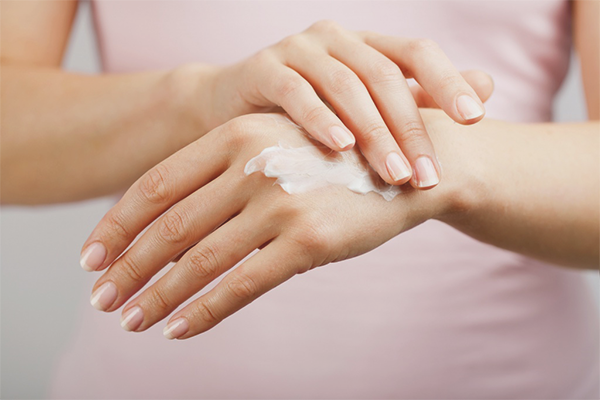
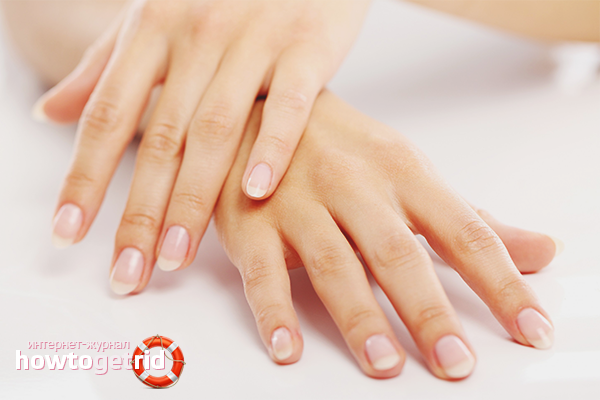

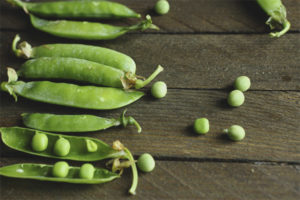

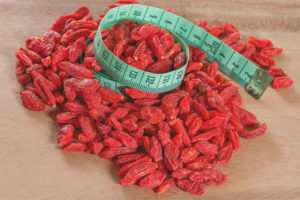
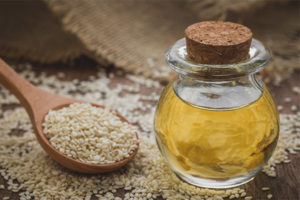

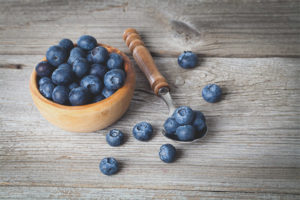
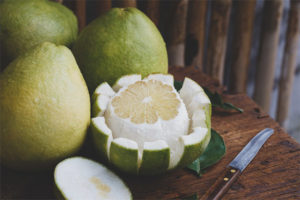
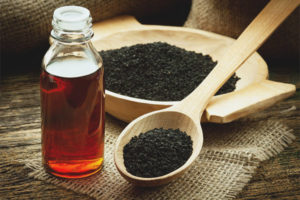
To send